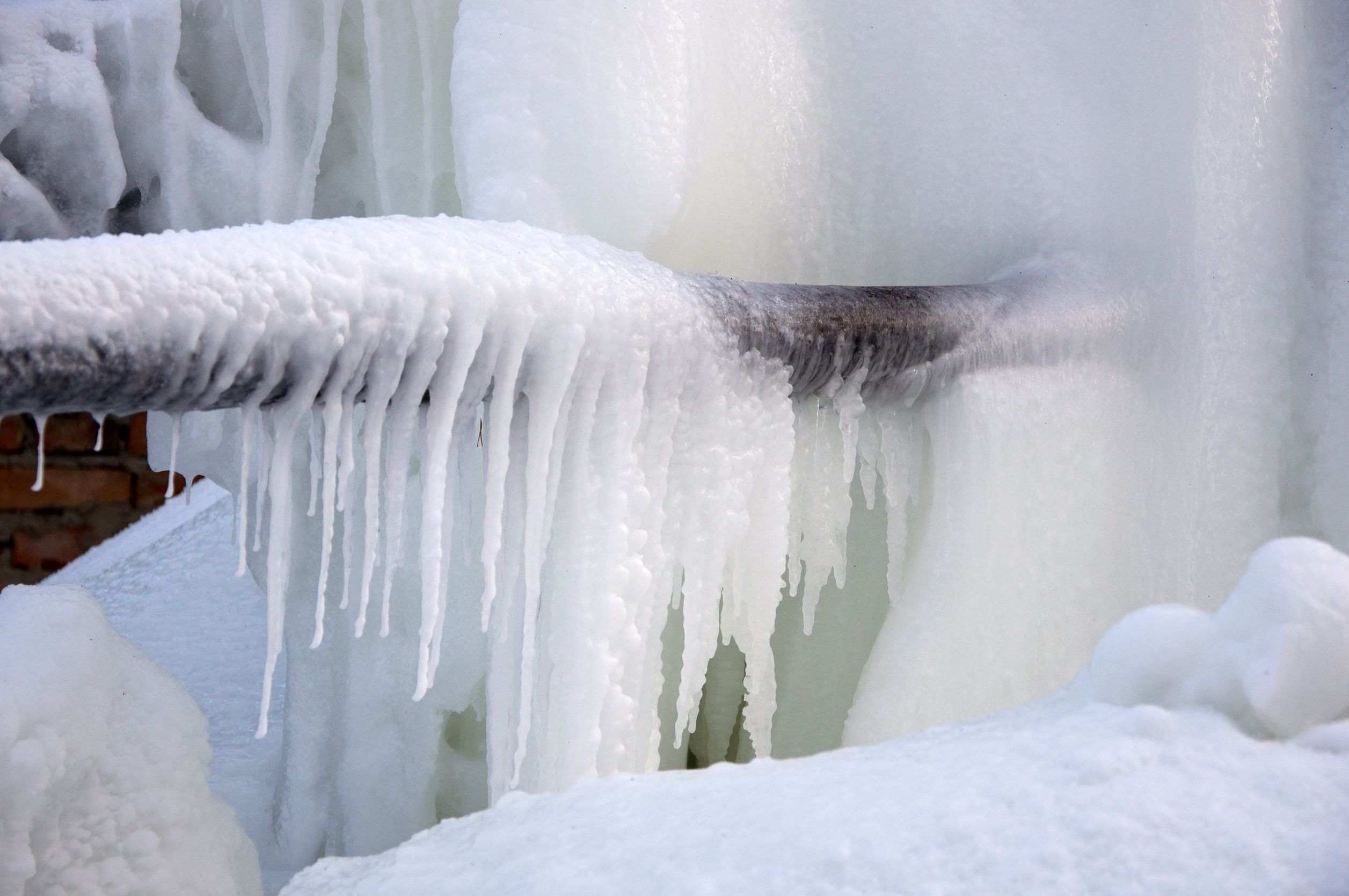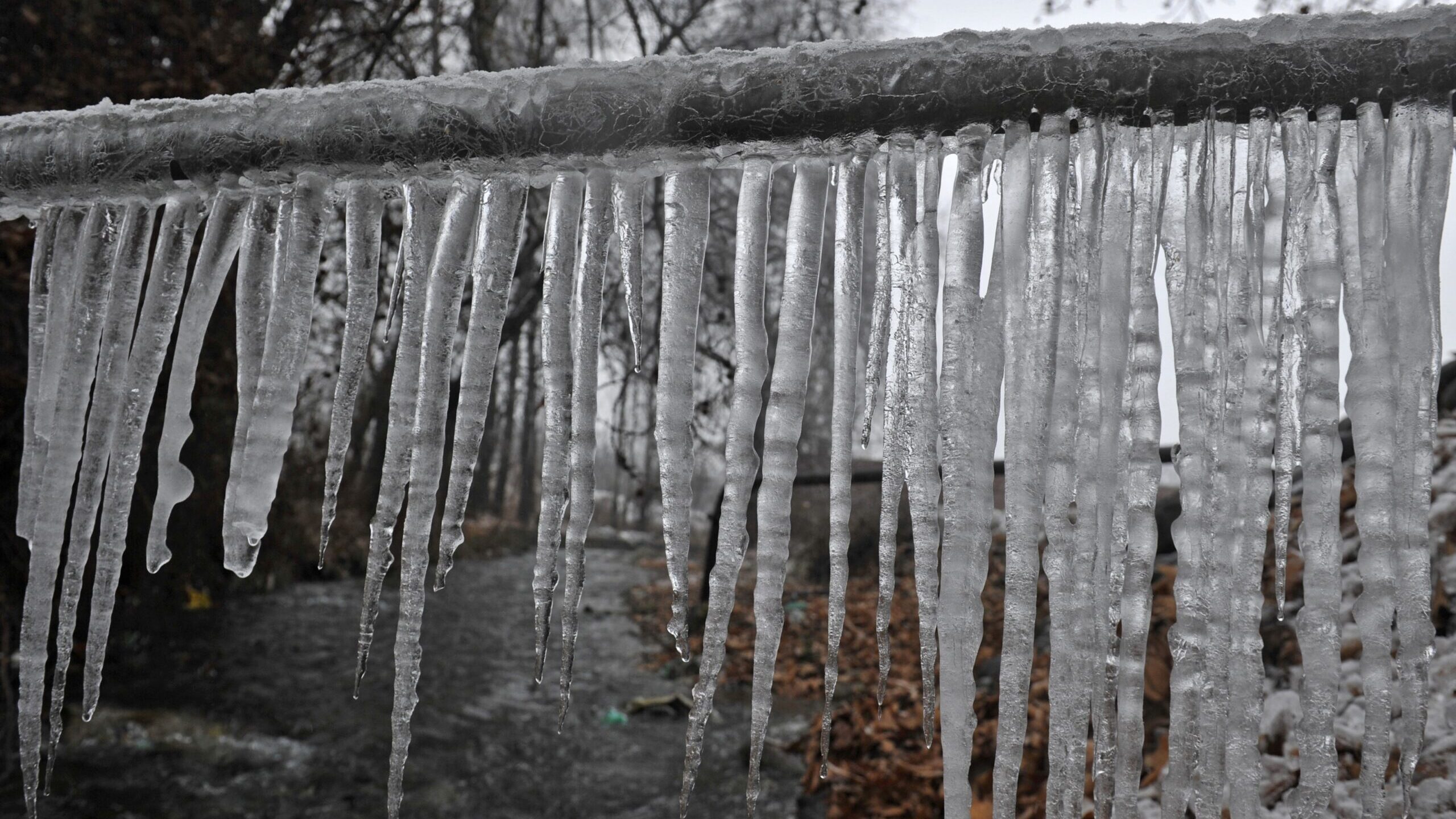Avoiding Frozen Pipes: Best Tips for Winter
Avoiding Frozen Pipes: Best Tips for Winter
Blog Article
Just how do you really feel about Prevent Frozen Pipes ?

Cold weather can damage your pipes, specifically by freezing pipelines. Here's exactly how to avoid it from happening and what to do if it does.
Introduction
As temperatures decline, the risk of frozen pipelines rises, possibly bring about pricey repair services and water damages. Understanding exactly how to stop frozen pipes is important for property owners in cold climates.
Recognizing Frozen Pipelines
What creates pipes to freeze?
Pipelines freeze when subjected to temperature levels listed below 32 ° F (0 ° C) for expanded periods. As water inside the pipelines ices up, it increases, taxing the pipe walls and possibly causing them to rupture.
Threats and problems
Icy pipelines can lead to supply of water interruptions, residential or commercial property damages, and pricey repairs. Ruptured pipes can flooding homes and create considerable architectural damage.
Indications of Frozen Piping
Recognizing frozen pipes early can stop them from rupturing.
How to recognize frozen pipelines
Search for lowered water flow from taps, unusual smells or sounds from pipes, and noticeable frost on exposed pipelines.
Prevention Tips
Protecting vulnerable pipes
Cover pipes in insulation sleeves or utilize warm tape to protect them from freezing temperatures. Concentrate on pipes in unheated or outside locations of the home.
Heating techniques
Keep interior areas adequately heated, particularly areas with pipes. Open up cupboard doors to permit warm air to flow around pipes under sinks.
Safeguarding Exterior Pipes
Yard tubes and outdoor taps
Disconnect and drain pipes yard pipes before winter months. Install frost-proof faucets or cover outdoor taps with insulated caps.
What to Do If Your Pipes Freeze
Immediate actions to take
If you believe icy pipelines, keep taps open to eliminate stress as the ice thaws. Use a hairdryer or towels taken in hot water to thaw pipelines slowly.
Long-Term Solutions
Structural adjustments
Consider rerouting pipes far from outside wall surfaces or unheated locations. Include added insulation to attic rooms, cellars, and crawl spaces.
Upgrading insulation
Invest in high-quality insulation for pipelines, attics, and walls. Correct insulation assists preserve consistent temperature levels and reduces the danger of frozen pipes.
Final thought
Avoiding frozen pipelines calls for aggressive measures and quick responses. By recognizing the reasons, signs, and safety nets, homeowners can secure their pipes during winter.
5 Ways to Prevent Frozen Pipes
Drain Outdoor Faucets and Disconnect Hoses
First, close the shut-off valve that controls the flow of water in the pipe to your outdoor faucet. Then, head outside to disconnect and drain your hose and open the outdoor faucet to allow the water to completely drain out of the line. Turn off the faucet when done. Finally, head back to the shut-off valve and drain the remaining water inside the pipe into a bucket or container. Additionally, if you have a home irrigation system, you should consider hiring an expert to clear the system of water each year.
Insulate Pipes
One of the best and most cost-effective methods for preventing frozen water pipes is to wrap your pipes with insulation. This is especially important for areas in your home that aren’t exposed to heat, such as an attic. We suggest using foam sleeves, which can typically be found at your local hardware store.
Keep Heat Running at 65
Your pipes are located inside your walls, and the temperature there is much colder than the rest of the house. To prevent your pipes from freezing, The Insurance Information Institute suggests that you keep your home heated to at least 65 degrees, even when traveling. You may want to invest in smart devices that can keep an eye on the temperature in your home while you’re away.
Leave Water Dripping
Moving water — even a small trickle — can prevent ice from forming inside your pipes. When freezing temps are imminent, start a drip of water from all faucets that serve exposed pipes. Leaving a few faucets running will also help relieve pressure inside the pipes and help prevent a rupture if the water inside freezes.
Open Cupboard Doors
Warm your kitchen and bathroom pipes by opening cupboards and vanities. You should also leave your interior doors ajar to help warm air circulate evenly throughout your home.

We were introduced to that report on How To Avoid Freezing Pipes through someone on our other web address. Are you aware of somebody who is serious about Preventing and dealing with frozen pipes? Feel free to share it. I take joy in your readership.
Here Report this page